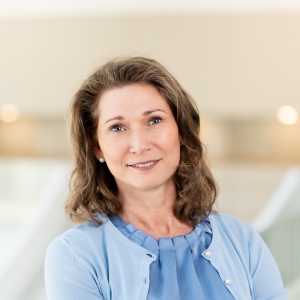
Resolving the challenges of recyclable packaging succeeds with collaboration
As part of Paulig’s ambitious sustainability programme, we set four years ago a goal to develop all our packaging to be recyclable. Already defining the goal was challenging because there is no exact definition for recyclability in the EU nor on global level.
The first task was to agree per material, what we mean by a “recyclable” packaging. The guidelines used in the EU and more largely such as Ceflex and Recyclass as well as country-specific definitions for recyclability have changed and partially also become more precise. Along with the PPWR (Packaging and Packaging Waste Regulation) there is a promise of common definitions to the recyclability of different materials, although only after more than three years. Development work so far has luckily taught us to live with “firing at a moving target”. It is important to pre-empt and try to guess correctly. It helps to get acquainted with the guidelines and to continuously discuss with all the actors along the packaging value chain.
Thaks to close internal and external collaboration, in early summer our development work on recyclable packaging reached a public milestone. We were able to launch the first recyclable vacuum packaging for coffee on the Finnish and Estonian markets as one of the first coffee sector operator in the world. In the beginning of our development work we imagined that the biggest challenge would be storage life and especially with vacuum packaging a puncture proof structure because packaging is sold directly off pallets without protective corrugated cardboard between or outside the packaging.
The learning curve has been steep during development work and the major challenge proved to be the ability to machine run the material and the consumers attitude toward a recyclable coffee packaging. We have had to proceed in baby steps to improve machine functioning: once we have solved one problem, the next one is ahead of us.
The same seems to apply for consumer attitudes. Consumers must be made both to accept a packaging that looks and feels new and to sort packaging more diligently. When giving up the aluminium layer of the vacuum packaging, the metallic inner surface changed to white, and the structure of the packaging was not as sturdy as before. Consumers concluded that the packaging material was made cheaper, and the quality was not as high as previously. Consumers must be convinced by means of communication that coffee is preserved as well as before in the new packaging.
For several years already consumers have been taught to sort all plastic food packaging in the bin for plastic packaging. Is it therefore worth, and how, to communicate to consumers now on the development work done? Emphasizing the recyclability of the new packaging may raise the question whether other packaging is not recyclable. According to the Finnish Environment Institute (Syke) Circular Economy Barometer, consumers would sort more actively if they knew that the packaging will really end up utilized and recycled.
Consumers must be encouraged to sort much more plastic packaging than what is currently recycled as Juha-Heikki Tanskanen emphasized in the February Point of View. RINKI has had many good and fun communication campaigns and a new on is in planning. Repetition is needed to get the message across. It would be great if we packers both from industry and retail would join our forces and could disseminate the same message in our own channels. Could such boundary breaking cooperation succeed?